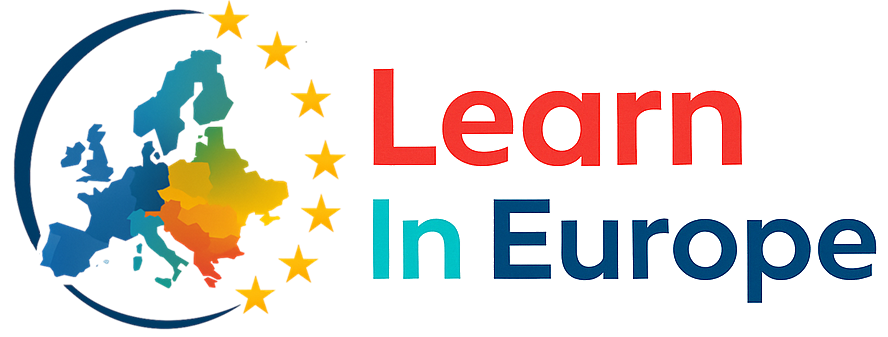How real-world activities lead to real language learning.
 If you’ve ever watched your students breeze through a discussion about their weekend plans, only to freeze when asked to explain a grammar rule, you’ve seen it in action: language emerges when learners are doing something meaningful.
If you’ve ever watched your students breeze through a discussion about their weekend plans, only to freeze when asked to explain a grammar rule, you’ve seen it in action: language emerges when learners are doing something meaningful.
That’s the idea behind Task-Based Language Teaching (TBLT) — a learner-centered approach where students use language to solve problems, complete projects, and navigate real-life situations. Unlike traditional methods that focus on isolated structures, task-based learning treats communication as the goal and the method.
Think of it this way: would you learn to swim by studying water molecules? Or by jumping in?
TBLT has strong backing from research. One landmark study by Rod Ellis showed that students engaged in communicative tasks developed greater fluency and more accurate language use over time — even when grammar wasn’t the focus.¹ In addition, scholars like Van den Branden have highlighted the central role of the teacher in guiding meaningful, outcome-focused tasks that foster real communicative competence.²
But TBLT isn’t just “free conversation.” A well-designed task is purposeful, structured, and focused on a clear outcome — like planning a trip, recording a podcast, or solving a classroom mystery. Language becomes the tool to get something done.
Here are three examples you can try without rewriting your whole syllabus:
Design & Pitch – Students work in pairs to invent a product, then pitch it to the class. Builds vocabulary, persuasive language, and fluency.
Lost in Berlin – A survival task where learners get a map, a limited budget, and a problem (e.g. lost passport). They plan, negotiate, and present their solution.
Teach the Teacher – Students become the expert for a day. Each one researches and teaches a mini-topic. Great for integrating language with content.
You’ll notice something else too: students care more. Because tasks are relatable and challenging, learners stay engaged — and teachers get to step back and guide rather than lecture.
In our seminar Boost Your Language Class, we’ll unpack how to design effective tasks, align them with learning goals, and adapt them to different proficiency levels. You’ll leave with plug-and-play ideas and frameworks you can apply immediately.
Tasks aren’t just busywork. Done right, they’re the engine of real learning.
Works Cited
- ¹ Ellis, R. (2003). Task-based Language Learning and Teaching. Oxford University Press.
- ² Shintani, N., & Aubrey, S. (2022). The effectiveness of task-based language teaching on second language speaking and listening: A meta-analysis. Language Teaching Research, 26(1), 50–75. https://doi.org/10.1177/1362168820916880

